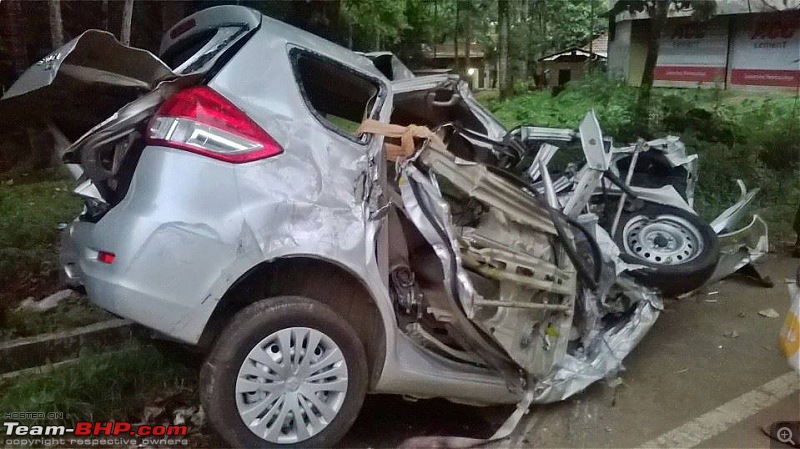| |||||||
| View Poll Results: Whats your pick? | |||
| European Cars | | 211 | 43.78% |
| Japanese Cars | | 219 | 45.44% |
| Others (Indian, Korean, American etc.) | | 22 | 4.56% |
| Prefer both equally | | 30 | 6.22% |
| Voters: 482. You may not vote on this poll | |||
 |
| Search this Thread |  133,748 views |
| | #181 |
| Senior - BHPian Join Date: Jan 2007 Location: Mumbai
Posts: 1,557
Thanked: 922 Times
| |
| |
| |
| | #182 |
| Senior - BHPian | |
| |
| | #183 |
| BHPian Join Date: Mar 2014 Location: gurgaon
Posts: 486
Thanked: 504 Times
| |
| |  (1)
Thanks (1)
Thanks
|
| | #184 |
| Senior - BHPian Join Date: Jan 2010 Location: Bangalore
Posts: 1,696
Thanked: 1,046 Times
| |
| |  (1)
Thanks (1)
Thanks
|
| | #185 |
| Distinguished - BHPian  Join Date: Dec 2012 Location: Ranchi
Posts: 4,375
Thanked: 11,831 Times
| |
| |
| | #186 |
| BHPian Join Date: Jun 2013 Location: Pune
Posts: 69
Thanked: 78 Times
| |
| |  (1)
Thanks (1)
Thanks
|
| | #187 |
| Senior - BHPian | |
| |  (1)
Thanks (1)
Thanks
|
| | #188 |
| BHPian Join Date: Mar 2014 Location: gurgaon
Posts: 486
Thanked: 504 Times
| |
| |
| | #189 |
| BHPian | |
| |
| | #190 |
| BHPian Join Date: Mar 2014 Location: gurgaon
Posts: 486
Thanked: 504 Times
| |
| |
| | #191 |
| Senior - BHPian | |
| |
| |
| | #192 |
| Senior - BHPian Join Date: Oct 2007 Location: cochin
Posts: 1,277
Thanked: 1,227 Times
| |
| |  (2)
Thanks (2)
Thanks
|
| | #193 |
| BHPian Join Date: Mar 2014 Location: gurgaon
Posts: 486
Thanked: 504 Times
| |
| |  (1)
Thanks (1)
Thanks
|
| | #194 |
| BHPian Join Date: Feb 2010 Location: Blore
Posts: 265
Thanked: 639 Times
| |
| |  (2)
Thanks (2)
Thanks
|
| | #195 |
| Senior - BHPian | |
| |  (2)
Thanks (2)
Thanks
|
 |




 .
.  BUT with an Indian cost structure.
BUT with an Indian cost structure.
 : your views, no doubt shared by the vast majority are stereotype-ridden, and rather dated. The Japanese no longer have any significant lead the world over either in reliability or quality. If anything, it is Hyundai that can, the world over, be taken to be the benchmark in these (IMO limited) respects.
: your views, no doubt shared by the vast majority are stereotype-ridden, and rather dated. The Japanese no longer have any significant lead the world over either in reliability or quality. If anything, it is Hyundai that can, the world over, be taken to be the benchmark in these (IMO limited) respects.  ' styling. And at milking the herd of un-informed, risk-averse, car buyers i.e., the vast majority of Indians.
' styling. And at milking the herd of un-informed, risk-averse, car buyers i.e., the vast majority of Indians. 
